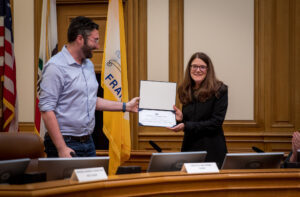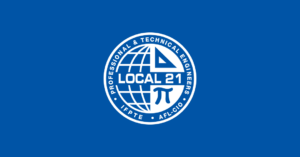Bob Britton, recently retired from Local 21, led a special Unitarian Church event on Labor Day and delivered the following speech about “hope” for the labor movement, especially being led by the steady growth in the public sector labor movement by unions like Local 21. The following is an edited excerpt from Bob’s homily.
“It’s Not our Father’s Labor Movement”
There is no chance for justice if there is no hope.
The continuous drumbeat we hear is that there is no hope for organized labor. The unions of today are dead. People don’t want or need labor unions.
Some believe Labor unions are concerned only with the narrow group they represent and they have not adapted to our new multi-cultural world.
This is not true today. Labor unions of today are about hope.

Many of the unions of today have made coalitions with diverse organizations like EBASE (East Bay Alliance for a Sustainable Economy).
The Labor Movement has organized to support the Black Lives Matter movement. In July, the AFL-CIO and the NAACP hosted the first “Race and the Labor Movement Town Hall” in Washington D.C. It provided a space for an open conversation on race and the role it plays in the lives of millions of workers across the country.
It was only in 2008 in California when Proposition 8 was passed by the electorate and banned same sex marriage. It took the state Supreme Court and ultimately the U.S. Supreme Court to provide for equal rights to marry. But, back in 2008, organized labor was already there. Their position supporting a “NO” vote on Prop 8 was carried on all of their campaign election voting guides in that historic election.
But even with labor reversing its ways – the numbers of unionized workers has continued to shrink. And as the percentage of unionization nationwide has shrunk, income inequality has risen. Over the last several decades, union membership in the United States has declined precipitously, from 24 percent of all wage and salary workers in 1973 to less than 11% today. At the same time, our economy has increasingly begun to favor the wealthiest members of society. Workers share of income has reached the lowest level it’s been since 1929, and that income is distributed incredibly unequally. Last year’s bestselling book – Capital in the 21st Century presented data showing that the richest 1% of Americans take home the same share of wage income as the bottom 50%. Over one third of the country’s wealth is held by the richest 1%.
There is one exception to the news of the decline of organized labor and the rise of income inequality – that is public sector unions. Did you know that for the past 30 years public sector unions have held their own in terms of union density and in blue states have seen significant gains? Local 21 for one has grown from 800 members in 1978 to representing over 9,000 professionals of all types in public employment in the Bay Area today.
The public perception of labor unions is not really as bad as the media would have us believe. At the end of 2013 – 51% of Americans had a favorable view of unions and 80% of liberal Democrats had a favorable view. That same year the public approval rating of the banking industry was only 33% positive and 43% negative.
Now after 50 years of seeking Right to Work laws in the private sector on a state by state basis, The Right has come up with a novel theory to have the same Supreme Court they condemned as being undemocratic when it legalized same sex marriage now rule that such negotiated agreements for service fees in the public sector be declared unconstitutional nationwide. Next year if the Court rules in favor of the plaintiffs in Friedrichs v. California Teachers Association every state in the nation will be a right to work state in the public sector.
The focus on Public sector unions is because they have not seen the dramatic drop in union density. Union density in the public sector is 5 times the rate of unionization in the private sector and union density translates into a more liberal electorate.
So yes, there is hope.
Public sector unions are the most effective in turning out voters for progressive candidates. In 2008 high turnout among union voters in states like Ohio, Pennsylvania and Michigan was key to those “swing states” voting for our first Black President. Making new inroads in the largest effort ever, unions turned around states like Colorado, Virginia, North Carolina and Florida. In battleground states union members supported Obama by a 68 to 30 percent margin.
In that election –
More than 250,000 union volunteers turned out identified supporters to vote.
There is hope.
It’s not just about whether you are a union member or not – It’s about our values. It’s an answer to the message of hate pressed by candidates like Donald Trump, Ted Cruz, Mike Huckabee, Scott Walker.
It is the progressive labor movement that has partnered with social progressives to lift up the working poor – workers at places like McDonalds and Wal-Mart where they must rely on tax payer funded support to survive because they can’t survive on their wages alone.
But, There is hope.
In March EBASE and FAME in an alliance with labor unions and community organizations called Lift Up Oakland passed Measure FF in Oakland which raised its minimum wage by 36% to $12.25 per hour. It passed with 81% of the vote! Now, 48,000 workers will receive a raise and 56,000 workers will have paid sick days for the first time.
There is hope.
In May the Emeryville City Council voted to raise its minimum wage to nearly $16 an hour by 2019. Starting this year, businesses with 55 employees or fewer will pay $12.25 per hour. Companies with more than 55 employees will be required to pay $14.44 an hour.
There is hope.
The nationwide campaign called Fight for $15 has succeeded in the past two years alone, with seeing 13 states increasing their minimum wage, as have ten big city and county governments. Seattle voted to raise its minimum to $15 an hour by 2018; San Francisco residents will vote on whether to do the same in November. The mayors of New York, Los Angeles, and Chicago have all backed a $13 wage floor.
There is hope.





